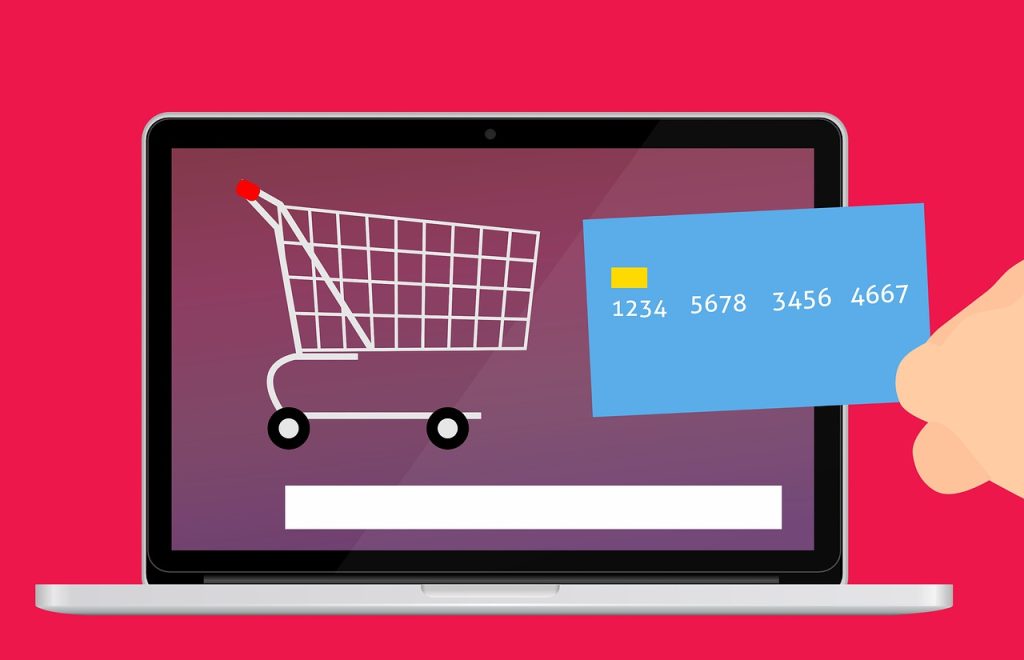Dropshipping has become a popular business model in the world of ecommerce. It offers entrepreneurs the opportunity to start an online store without the need for inventory or upfront costs. While dropshipping can be a lucrative venture, it also comes with its fair share of pros and cons. In this blog post, we will explore the advantages and disadvantages of dropshipping in ecommerce.
Pros of Dropshipping:
1. Low Startup Costs: One of the biggest advantages of dropshipping is that it requires minimal upfront investment. Unlike traditional retail models, you don’t need to purchase inventory or manage a warehouse. This significantly reduces your financial risk and allows you to start your business with little capital.
2. Wide Product Selection: With dropshipping, you have access to an extensive range of products from different suppliers. You can easily add new products to your online store without having to worry about storage space or inventory management. This flexibility allows you to cater to a wide range of customer preferences and increase your sales potential.
3. Location Independence: Dropshipping enables you to run your business from anywhere in the world, as long as you have an internet connection. You can work remotely and manage your store while traveling or from the comfort of your home. This freedom and flexibility are particularly appealing for digital nomads or individuals seeking a flexible work-life balance.
4. Easy Scalability: Scaling a dropshipping business is relatively simple compared to traditional retail models. As your sales volume increases, you can easily scale up by partnering with more suppliers or expanding your product offerings. You don’t need to worry about managing inventory or logistics, as your suppliers will handle the fulfillment process for you.
Cons of Dropshipping:
1. Lower Profit Margins: While dropshipping eliminates the need for inventory and warehousing costs, it also means that you have less control over product pricing. Since you’re purchasing products from suppliers at wholesale prices, your profit margins may be lower compared to businesses that manufacture or purchase products in bulk. To remain competitive, you’ll need to find ways to differentiate your store and add value to your customers.
2. Supplier Dependence: When you rely on suppliers to fulfill orders, you’re essentially entrusting them with the reputation of your business. If a supplier fails to deliver on time or provides low-quality products, it can negatively impact your customer experience and damage your brand image. It’s crucial to thoroughly vet and establish strong relationships with reliable suppliers to mitigate this risk.
3. Inventory Management Challenges: While dropshipping eliminates the need for inventory management, it also means that you have less control over stock availability. If a supplier runs out of stock or discontinues a product, it can lead to customer dissatisfaction and lost sales. Constantly monitoring and updating your product offerings is essential to ensure a seamless customer experience.
4. Increased Competition: The low barrier to entry in dropshipping has led to increased competition in the ecommerce space. With numerous online stores offering similar products, it can be challenging to stand out and attract customers. Effective marketing strategies and unique value propositions are crucial to differentiate your business and drive traffic to your store.
In conclusion, dropshipping offers several advantages for entrepreneurs looking to start an online store with minimal upfront costs and inventory management. However, it also comes with its fair share of challenges, such as lower profit margins and supplier dependence. By carefully considering these pros and cons, you can make an informed decision about whether dropshipping is the right business model for you.



I don’t think the title of your article matches the content lol. Just kidding, mainly because I had some doubts after reading the article.
I don’t think the title of your article matches the content lol. Just kidding, mainly because I had some doubts after reading the article.